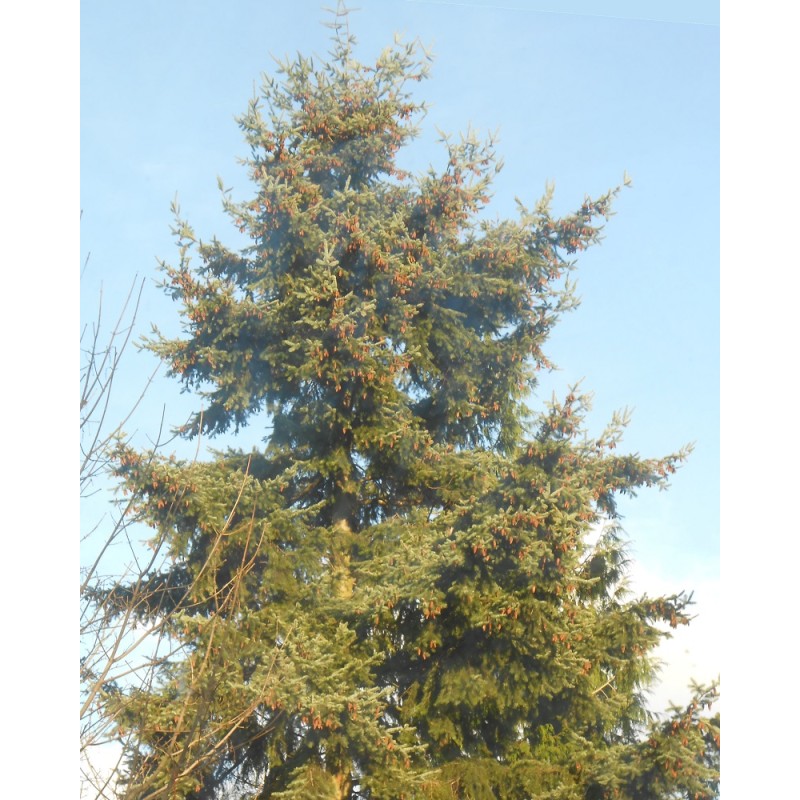





(Pseudotsuga menziesii)
Type: Evergreen tree
Maximum height: 405' (typical full-grown height: 200')
Flower color: N/A
Habitat: full sun to full shade
Edible: yes
Toxic: No or unknown
 Security policy
Security policy
We do not share your information with anyone else except as necessary to process your orders.
 Return policy
Return policy
All items, unless otherwise specified, can be returned for a refund within 30 days of delivery.
Though Douglas Firs can grow in shade, they do best in full sun and can grow up to 18" per year under ideal circumstances. The trees spread via wind-blown seed. Thus, the rate of spread is dependent upon wind speed. They are easy to control - simply cutting them off at the base will kill a tree of any size.
The needles can be used to make tea. Just be sure to remove any resin that might be at the base of the needles, or the tea will taste like turpentine. They can also be used as a citrus-flavored herb. The seeds are also edible, but it takes a lot of effort to get a significant amount of them.
Habitat: Douglas Fir can be found from southern Canada to northern California, and also in the Rocky Mountains from Canada to Mexico (however, south of Wyoming, the range is non-contiguous). A different species (pseduotsuga macrocarpus) is also called Douglas Fir and is found in Southern California. Not suitable for use in pots/planters.
The only real pest is the Tussock Moth, which is rarely a concern. However, like all trees, damage to the tree (including topping) can open it to any number of pests or diseases.